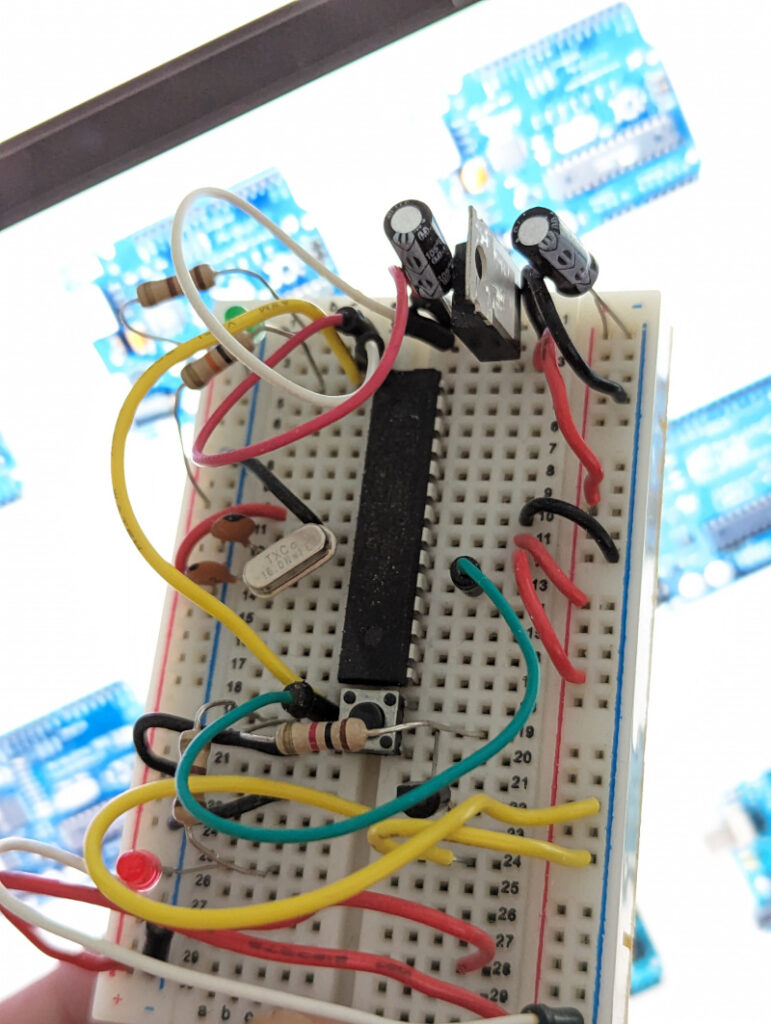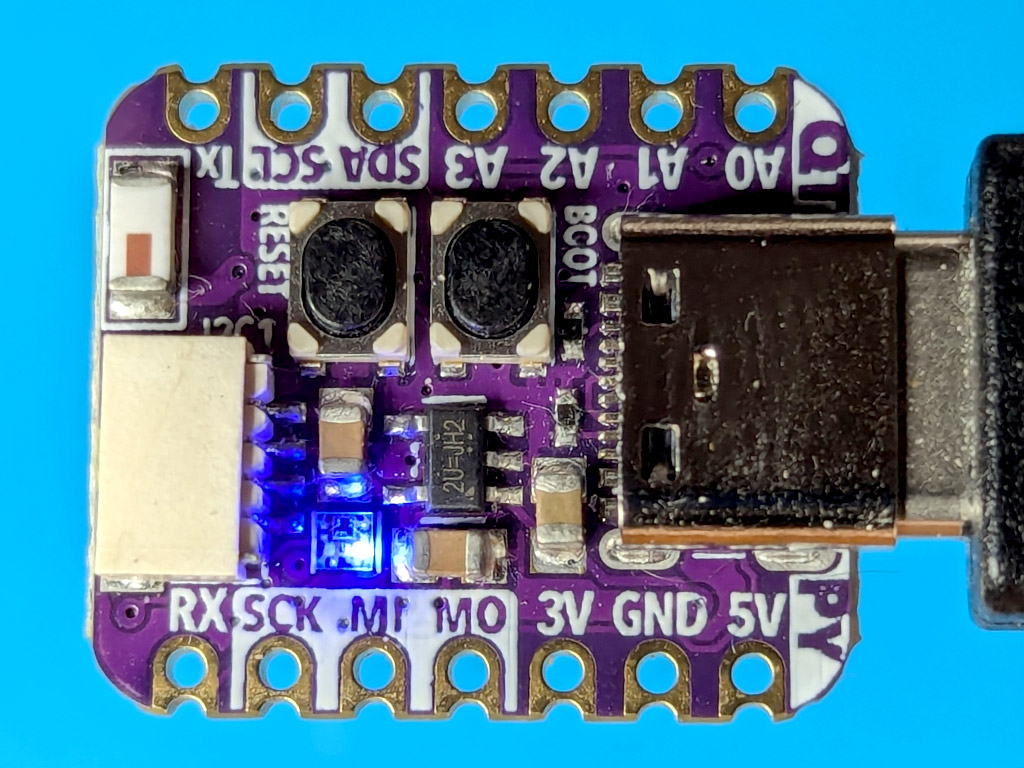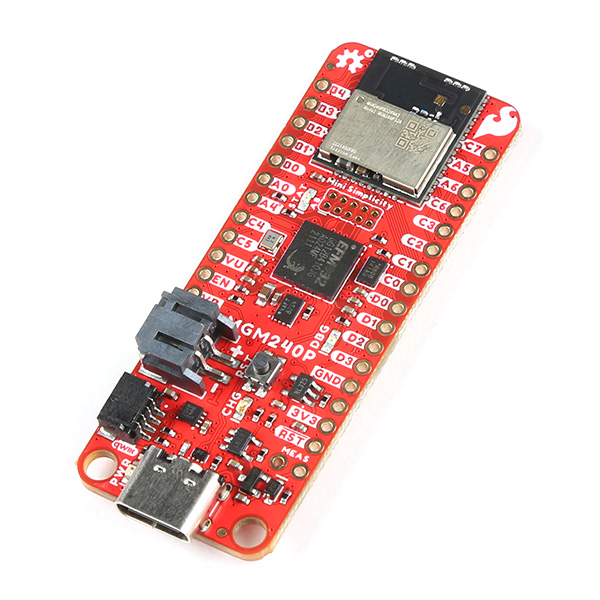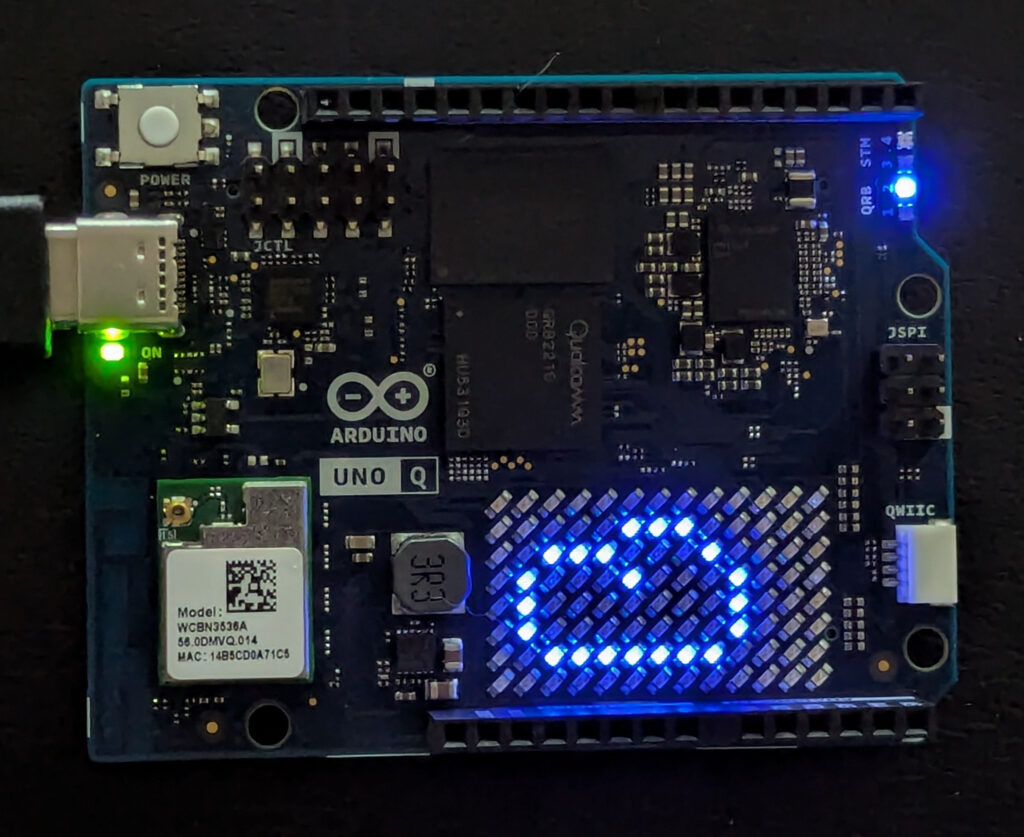
My Arduino UNO Q arrived today and I eagerly unboxed and admired the board layout. The north-south resister “cities” contrasting with the led matrix 45 degree slant. New chips but all of the pin layout of classic Arduino boards. Lots of business going on underneath which is also new.
Now if you haven’t aready, please read my previous post.
Sucks that the first thing you need to do is read another article.
Well..
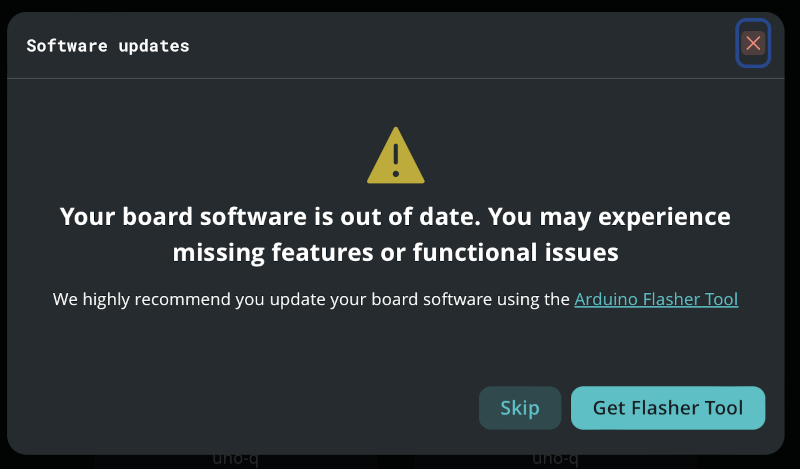
The first thing Arduino App Lab asked me to do was flash the board after installing a CLI (Command Line Interface) tool. This is not just the update software upon arrival we’ve all come to experience. That would also come later. This requires female to female jumper cables to short two pins. Not exactly beginner friendly.
I understand these are early days and there will be some bumps to get user friendly software and hardware.
Unfortunately I choose “Get Flasher Tool” instead of “Skip” which I abandoned, then got stuck in a set-up loop. After restarting App Lab App, I now had a choice between two boards? Because I was stuck after setting up the Wifi, it showed two UNO Q boards. “USB” and “Network” being the only difference.
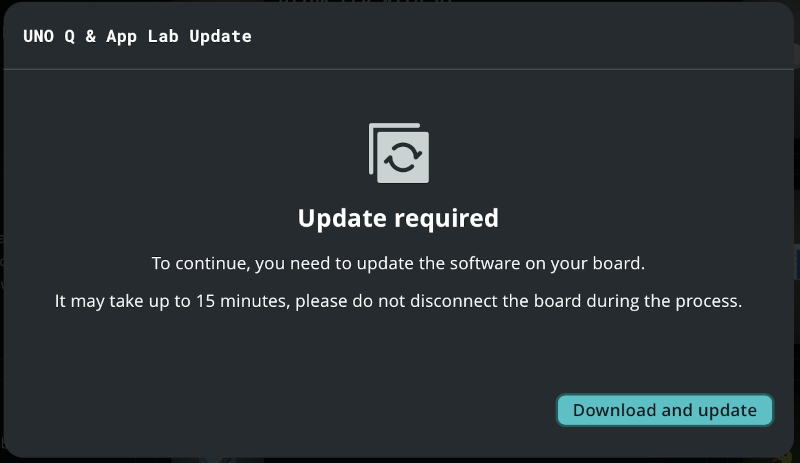
Now the update… 15 minutes wha?
Board name however cannot be the default…
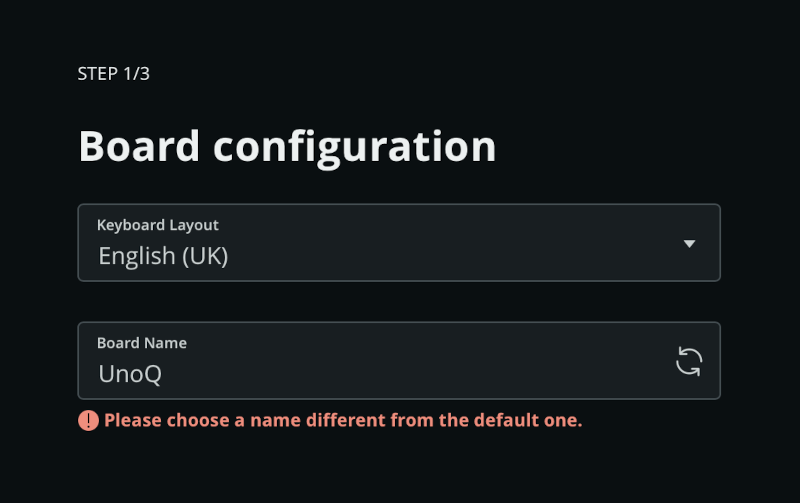
errr U”NOpe”Q.

Way too much friction during onboarding for my liking.
I did manage to get in and duplicate the Weather demo, update the location string found on the Arduino side of things, and get it running.
Some interesting stuff with this unique Python/Arduino setup is that it uses a newer version of Python than I currently have installed when it creates a virtual environment.
The most annoying thing right now is the Arduino App Lab 0.1.28 for Mac window blink. It randomly looks like the window is gaining and losing focus. Purple – Grey, Grey – Purple etc. Some mouse hover seems to trigger it briefly but not reproducible.
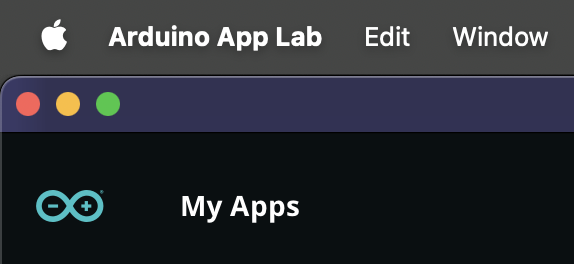
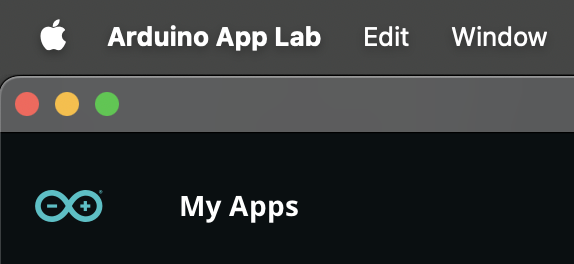
I tried to take a look at App Lab source seeing as it is open source to see if I could contribute in any way but found a bunch of TypeScript and SCSS.
Fine for someone who hates the web and builds “Apps” not “Web Pages” but not my monkeys, not my circus.
I’m a bit more familiar with UI now but I think the Learn > First Setup would be a good onboarding option during the users first UNO-Q connection.
My real vision for this board will be to combine the use of low power microcontroller to trigger more powerful Linux abilities.
“is there a face? > Run Facial recognition” etc.
Sensors running on microcontroller can be tied directly to webserver. Lots of ideas with this dual combination, each with their own strengths.
Next steps will test some I2C sensors.
